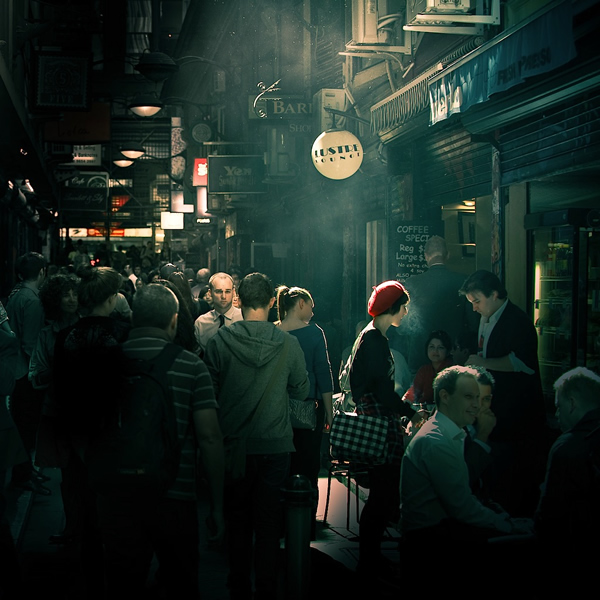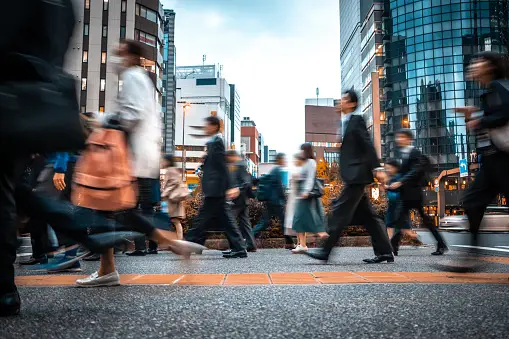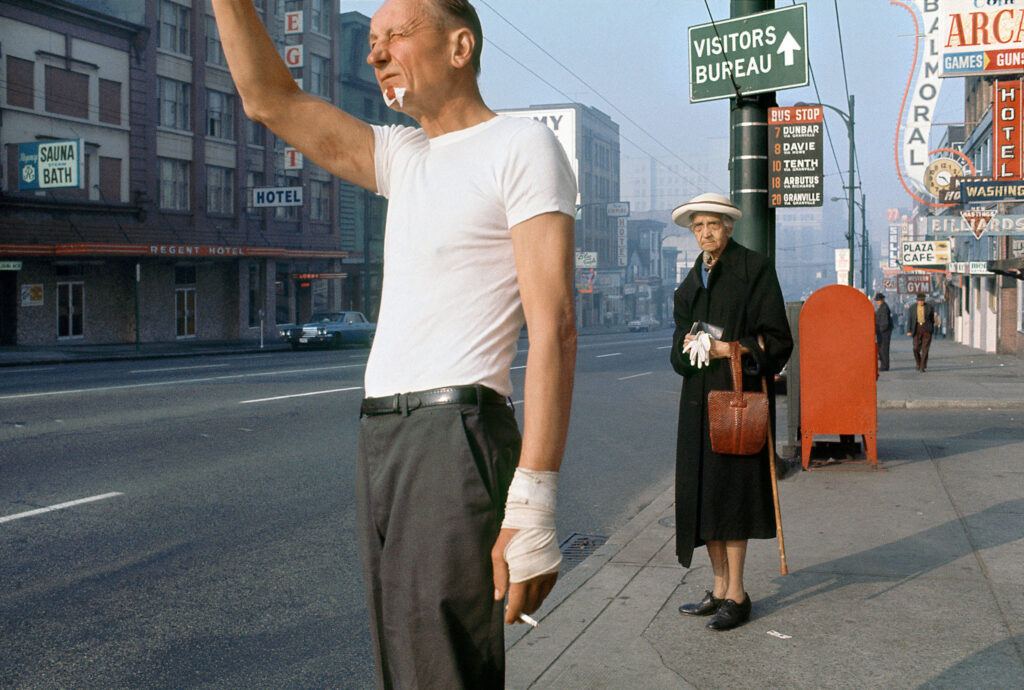Excitement About Street Photographers
Excitement About Street Photographers
Table of ContentsThe Street Photographers StatementsNot known Factual Statements About Street Photographers Not known Factual Statements About Street Photographers Street Photographers - QuestionsThe Ultimate Guide To Street Photographers
Street photographers do not necessarily have a social objective in mind, but they favor to isolate and catch moments which may or else go unnoticed.He was influenced by many of those who affected the street photographers of the 1950s and '60s, he was not primarily interested in catching the spirit of the road., that functioned side by side with professional photographers attempting to capture the significance of urban life.
As a result of the comparatively primitive innovation available to him and the long exposure time needed, he battled to record the pressure of the Paris streets. He trying out a collection of photo techniques, trying to locate one that would enable him to catch motion without a blur, and he located some success with the calotype, patented in 1841 by William Henry Fox Talbot. As opposed to Atget, photographer Charles Marville was hired by the city of Paris to create an encyclopaedic document of Haussmann's urban planning project as it unfolded, thus old and brand-new Paris. While the digital photographers' subject was essentially the exact same, the outcomes were substantially various, showing the influence of the photographer's bent on the character of the pictures he produced.
Street Photographers for Dummies
Offered the fine high quality of his pictures and the breadth of material, designers and artists often acquired Atget's prints to utilize as referral for their own work, though business rate of interests were rarely his main inspiration. Instead, he was driven to picture every last remnant of the Paris he loved.

Unlike his peers, Brassa made use of a larger-format Voigtlnder camera with a longer direct exposure time, requiring him to be a lot more computed and thoughtful in his technique than he may have been if making use of a Leica. (It is assumed that he may not have had the ability to pay for a Leica during that time, but he did, nonetheless, make use of one in the late 1950s to take colour photos.) Brassa's photos of the Paris abyss lit up by synthetic light were a discovery, and the collection of the series that he released, (1933 ), was a major success.

Street Photographers - Truths
It is as a result of this essential understanding of the art of image taking that he is commonly credited with finding the medium all over once more roughly a century given that its development. He took photos for even more than a half century and influenced generations of digital photographers to trust their eye and intuition in the moment.
These are the inquiries I will attempt to answer: And afterwards I'll leave you with my own interpretation of road photography. Yes, we do. Let's start with defining what an interpretation is: According to it is: "The act of defining, or of making something precise, distinct, or clear".
No, most definitely not. The term is both restricting and misdirecting. Seems like a road digital photography need to be images of a streets best?! And all street professional photographers, besides a tiny number of absolute novices, will completely value that a road is not article source the essential element to street digital photography, and really if it's a photo of a street with perhaps a Read Full Report few monotonous individuals not doing anything of passion, that's not road digital photography that's a picture of a road.
Things about Street Photographers
He makes a legitimate factor do not you think? While I concur with him I'm not sure "honest public digital photography" will certainly capture on (although I do kind of like the term "honest photography") due to the fact that "street digital photography" has been around for a lengthy time, with numerous masters' names connected to it, so I think the term is right here to stay. Street Photographers.
Inside?! I hear you scream as you tremble your fist to the sky. Why not? You can fire at the coastline, at a celebration, in a street, in a park, in see this website a piazza, in a cafe, at a museum or art gallery, in a city station, at an event, on a bridge, under a bridge ...
Yes, I hesitate we have no choice! Without regulations we can not have an interpretation, and without an interpretation we do not have a category, and without a category we do not have anything to define what we do, therefore we are stuck in a "rules definition genre" loop! And no-one intends to get stuck in a loop. - Street Photographers
